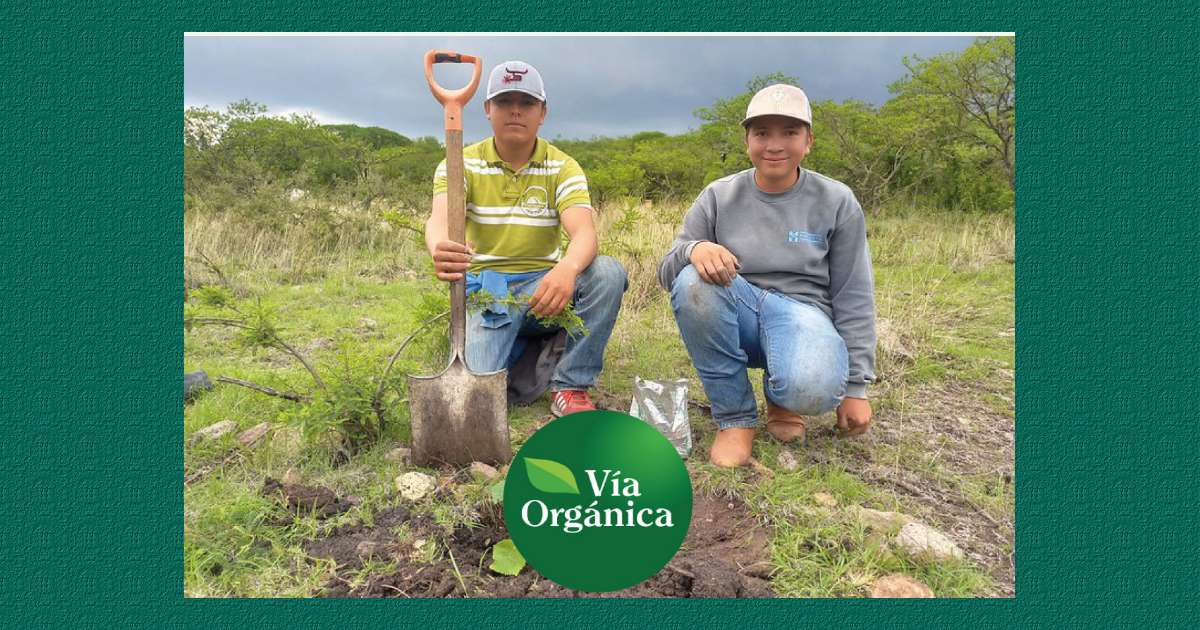
Regeneration With Agaves at OCA’s via Organica Research Farm in Mexico
The Billón de Agaves project is an innovative strategy that consists of the association of trees or shrubs of leguminous species interspersed in strips with annual crops or perennial grasses. The woody elements are pruned periodically to avoid producing too much shade for the crops and the pruning is used as green manure for the soil.
April 1, 2023 | Source: Via Organica | by
The Billón de Agaves project is an innovative strategy that consists of the association of trees or shrubs of leguminous species interspersed in strips with annual crops or perennial grasses. The woody elements are pruned periodically to avoid producing too much shade for the crops and the pruning is used as green manure for the soil and to enrich the forage derived from the pruning of the agave leaves used from the third year.
This project begins its second season. There have been several challenges and lessons learned, however, much progress has been made in the next steps and achievements.
At the beginning of the mesquite plantation, small trees from one year to 1.5 years old with an approximate size of 60 to 80 cm were established, however, in most of the areas where they were established they were possibly cut down by field mice or hares. This effect made us pay more attention and emphasis to the propagation of mesquite using the layering technique, which was promoted about 20 years ago by Dr. Rafael Ramírez Malagón. This technique allows mesquite to be propagated from different trees and with different characteristics to choose from: pod size, quantity, flavor, size, tree health, etc. Once we select the trees, we make ring-shaped cuts in the bark of the branches destined to become trees. Subsequently, We placed the first layers in the field associated with maguey lines and these branches have resisted establishment in the field, equaling in size trees 3 to 4 years old, with this the processes of establishment of the species and therefore of soil regeneration are advanced. It is important to mention that this project integrates the species described above into the landscape without the need to remove the current vegetation to regenerate the soil, diversify the landscape and the productivity of this system.
